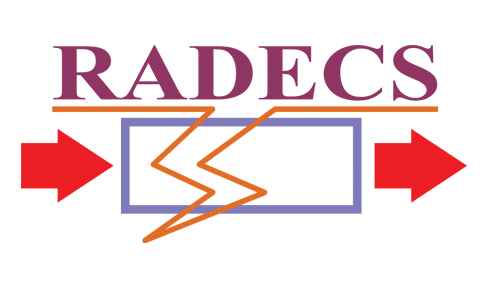
The five winners of best student abstracts
The award committee has selected the five best abstracts among those submitted by students and identified after the review process by the technical committee and the reviewers. Thanks to our sponsors, the RADECS Association, RADNEXT project and HEARTS project, these distinguished winners are granted free access to the Short Course and Technical Program of the conference. We encourage you to attend their presentation or meet them during the poster session.
Sponsors
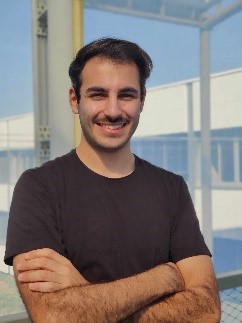
Antoine Salih Alj, from ISAE-SUPAERO, will present his work “Total Ionizing Dose Effects on a CDTI based CCD-on-CMOS through Buildup of Interface Traps and Oxide Charges” on stage on Tuesday 26 at 14:20 (C-2).
Abstract: Total Ionizing Dose effects are explored in a CCD-on-CMOS based on Capacitive Deep Trench Isolation (CDTI). The root cause of the observed degradation is investigated by discriminating the role of interface states and oxide traps.
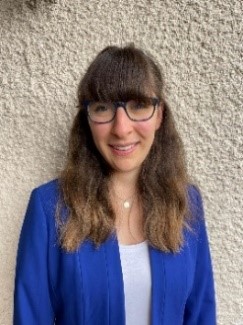
Clara Bataillon, from the University of Montpellier, will present her work “Electrical Characterization of Type II Superlattice Midwave Infrared Photodetectors under protons at cryogenic temperature” on stage on Tuesday 26th at 14:50 (C-4).
Abstract: Influence of proton irradiation on dark current of InAs/InAsSb T2SL MWIR infrared barrier photodetectors is studied. A damage of current is observed under 60 MeV protons with fluence up to 8e11 H+/cm², at 150 K.
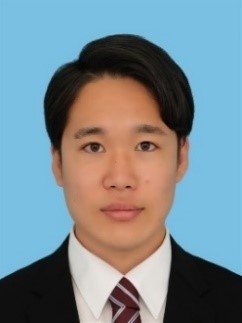
Yuibi Gomi, from Kyoto University, will share his work “Muon-Induced SEU Cross Sections of 12-nm FinFET and 28-nm Planar SRAMs” with a poster presentation on Wednesday 27th between 15:35 and 17:45 (PB-12).
Abstract: We performed positive and negative muon irradiation experiments on 12- nm FinFET and 28-nm planar SRAMs. We present the SEU dependencies on muon momentum and operation voltage and show the MCU proportion and size distribution.

Fiammetta Fricano, from University of Saint-Etienne, will present her work “Very High Dose Rate Proton Dosimetry with Radioluminescent Silicabased Optical Fibers” on stage on Thursday 28th at 9:55 (G-3).
Abstract: We investigated the radiation-induced luminescence of Cerium or Nitrogen doped optical fibers at high dose-rates (>40 Gy(H2O)/s) using proton beams at different currents and energies. These fibers show promising results for dosimetry in such environments.
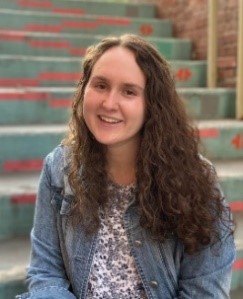
Isabella Wynocker from Vanderbilt University will present her work “Random Telegraph Noise and Radiation Response of 80 nm Vertical Charge-Trapping NAND Flash Memory Devices with SiON Tunneling Oxide” on stage on Thursday 28th at 11:40 (H-2).
Abstract: Random telegraph noise (RTN) measurements are performed on as processed, programmed, erased, and irradiated vertical charge-trapping NAND memory transistors. RTN magnitudes exceed those predicted by number fluctuation models by up to 3-times.
